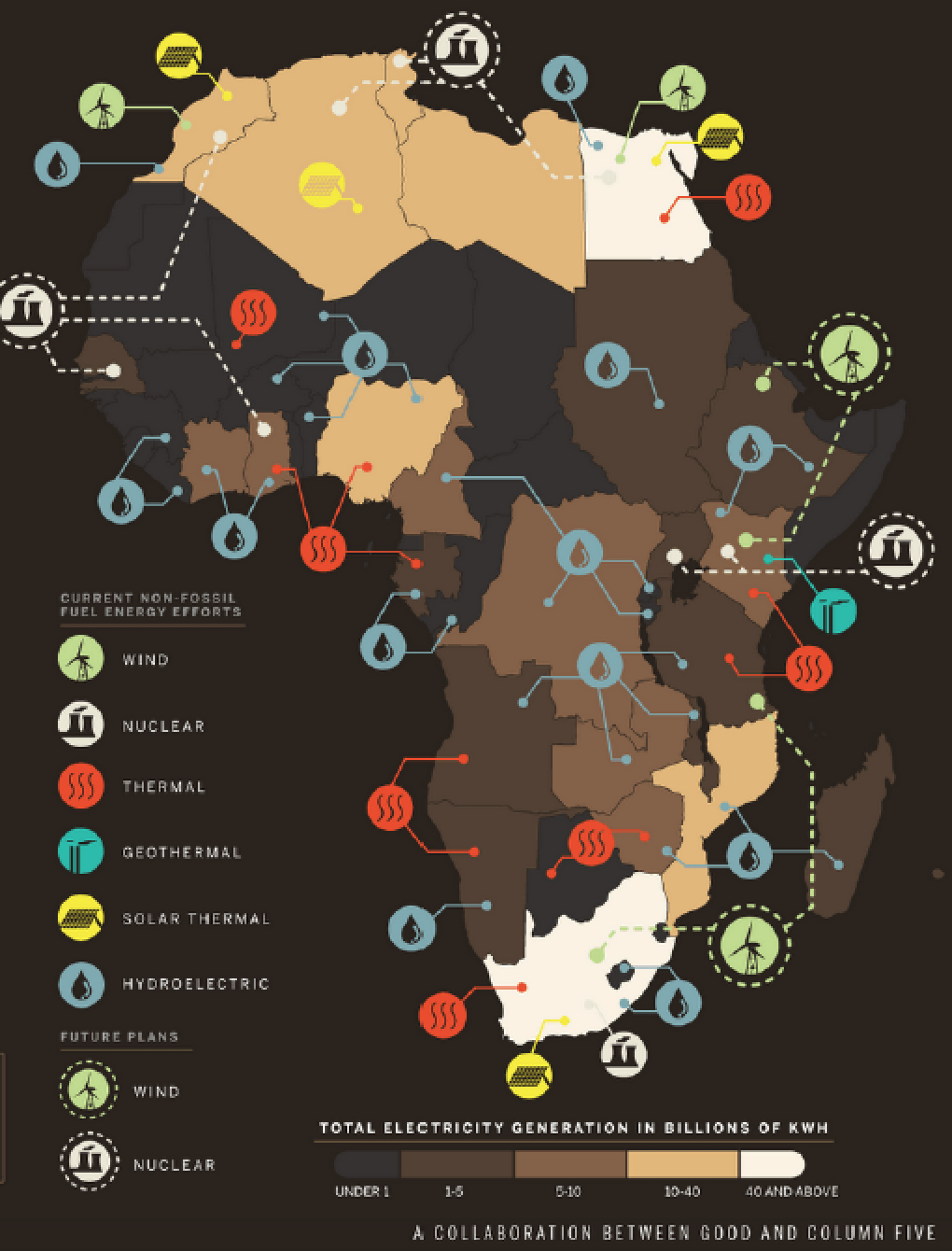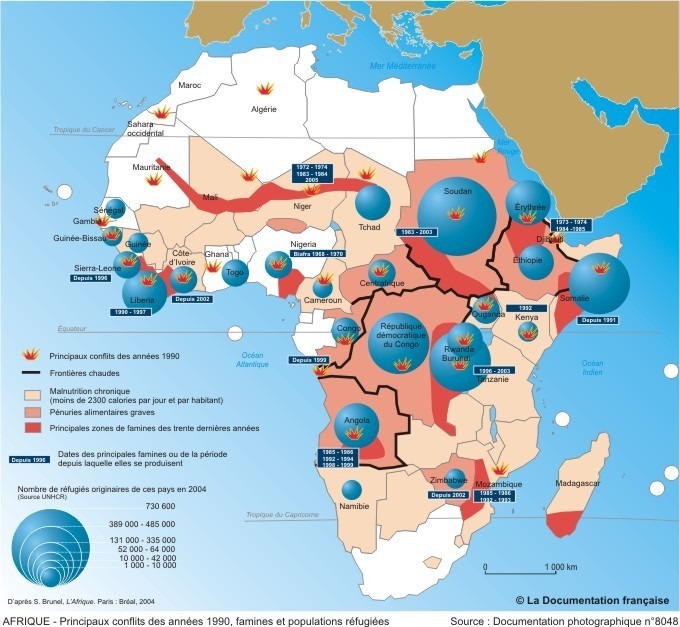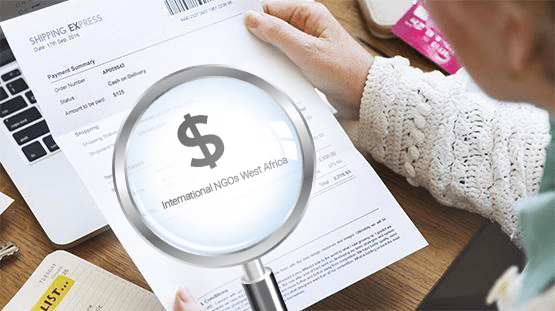No, I am not talking about the figures and statistics that have been heard a thousand times (and that I myself have repeated a thousand times!), such as the amount of funds transferred annually by African diasporas totaling nearly 70 billion dollars–which is greater than the amount of official development aid or foreign direct investments in Africa.
Neither am I talking about the value, in hundreds of billions of dollars, of its rich subsoil whose exploitation, to date, has not yielded many benefits for the continent…


Listen, look, read and you’ll know what I’m talking about: African diaspora forums all over the place; multiplication in Washington, Paris, London of recruiting fairs dedicated to African executives from the diaspora; diaspora here, diaspora there; a declaration of intent with 2019 officially declared “Diaspora Year” by Ghana’s President Nana Akufo-Addo; effective integration of the talents and the expertise of the diaspora in ambitious multi-year and visionary development plans of several African states …
This gold is neither black, nor yellow, nor even green. It is grey as in “grey matter”!
This “grey gold”, in the knowledge economy in which we currently find ourselves is a source of inestimable wealth.
From my observation post as recruiter where, for more than 15 years I have been meeting and seeing the number and quality of African talent in the diaspora in search of bridges with the continent, I had no doubt that this boom would finally take place. It is only now that Africa has begun to use it
As is often the case, businesses are on the front line and identified this resource a long time ago. However, they are no longer the only ones. States are also tapping into this resource, with a certain amount of success, and so are regional institutions.
Judge for yourselves: in July 2018, in its statutes, the African Union officially recognized its diaspora as the 6th region of the continent. This region has been endowed with institutions headed by a minister.
Why now?
We are of course talking in terms of symbols when we describe the diaspora as Africa’s 6th region. But what a symbol, after decades of ambiguous relations or even distrust of the continent vis-à-vis its diaspora!
It must be said that for a long time, national environments that had remained inward-looking because of, among other things, rotten dictatorships, were hostile to the diversity, the critical views and the questioning that this diaspora was likely to bring.
One may assume that if a mass movement of the diaspora and its involvement in the development of the continent (beyond the remittances) is beginning to take shape, it is because there has been a change. That’s what I think…
Under the microscope, in no particular order:
- An intercontinental African GDP growth rate that is sustained and globally maintained at an average of more than 4% for almost 15 years, with regional centers of robustness. Linked to this, the growth of foreign direct investment attracted by rates of return on investment by far the highest in the world;
- For many of these countries/regional clusters, growth is not driven by the exploitation of natural resources but, by the development of local or even regional value chains, which suggests a more sustainable evolution;
- Improvement of governance in general: from a drop in the number of armed conflicts, an increase in the number of democratic electoral processes, to the institutional improvement of the business environment;
- The African skills that were lacking on the continent in the decades following independence are more readily available today, locally but also within the diaspora. This diaspora has initiated the “brain gain” of Africa since the early 2000s and counteracts the massive brain drain of the 1970s and 1980s.
In a sequel to this paper, I will discuss a few beautiful African past and future projects which use Africa’s grey gold…





